“You can’t imagine how many houses there were here,” says Ben Sisneros, looking up the Pecos River Valley to the Great Plains beyond. “There used to be bars, stores, schools. Right over there was La Salla Dancehall.”
Now the dancehall is an empty patch of earth. The church we’re outside in Colonias, New Mexico, is crumbling in the sun. The surrounding area is approaching ghost town status, close to being reclaimed by the desert, and Sisneros is one of its patriarchs.
Videos by VICE
Though he’s pushing 80, Sisneros looks ten years younger, a fact made more startling when you consider his propensity for near-death experiences. He tells me he’s been bitten by a brown recluse spider, hit by a heart attack, and struck by lightning—twice. He credits his own longevity, in part, to the healing powers of gasoline, which he claims can be used to treat everything from wasp bites to cuts to ear problems. “You pour it in your ear until it comes out your mouth. That fixed my hearing real quick,” says Sisneros.
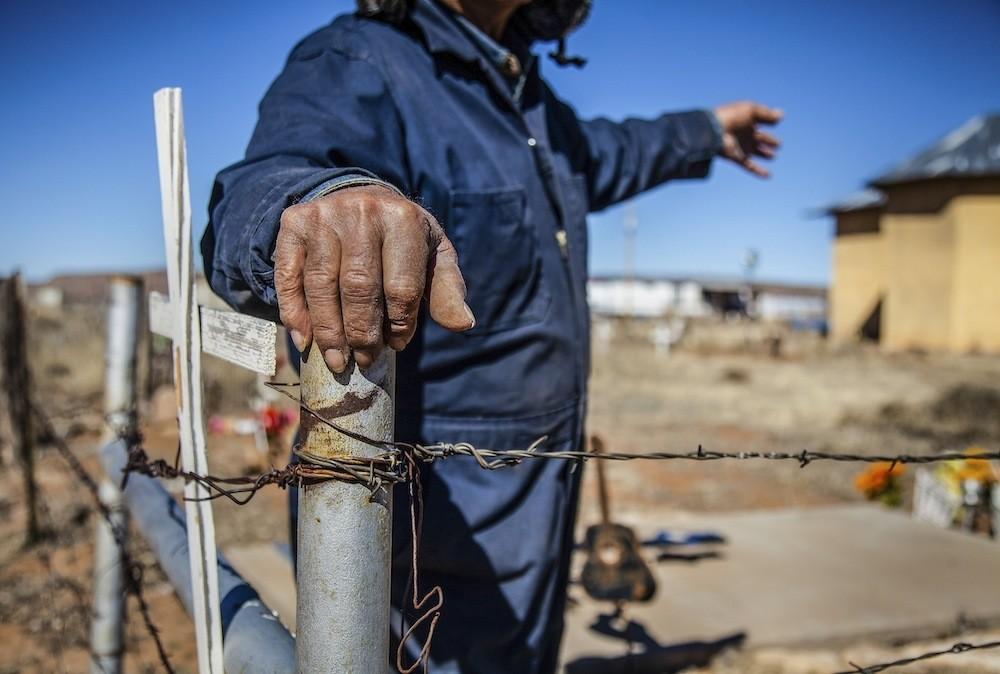
Ben Sisneros in Colonias
Colonias’s decline could not be fixed so easily. Once a town of thousands, it’s now reduced to seven families nestled within the ruins of numerous abandoned houses. There are places like this across eastern New Mexico: Puerta De Luna, Yeso, Vaughn, Capulin, Cuervo, Colmor—once burgeoning farming and railroad communities, now reduced to shadows of their former selves, or completely abandoned, after long-term economic trends or a change in railroad routes robbed them of their viability.
“They’re haunting places,” says Nick Trujillo, a New Mexico resident who that has made a hobby of exploring the lonesome ghost towns in the eastern part of his state. “There is something deeply personal about entering someone’s house, even if they have been gone for decades.”
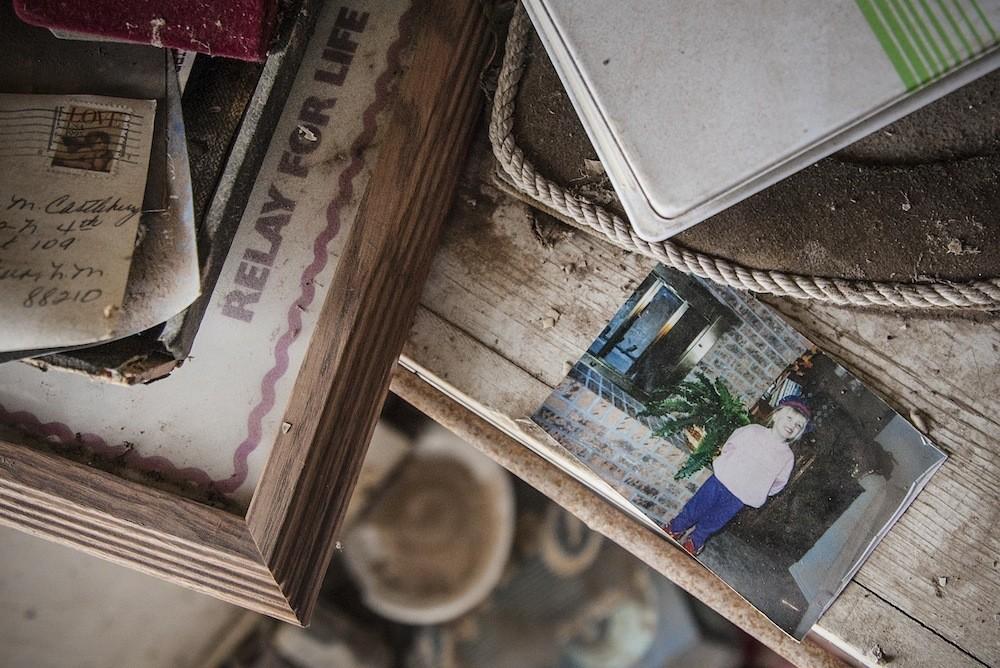
Abandoned personal effects
Houses were often left in haste. The insides are reminiscent of a crime scene with items strewn haphazardly across the floor, as if ransacked long ago. In others you can find dishes left at tables, pans still on the stove, and cabinets left open as if the family was raptured mid-breakfast. The left artifacts—children’s dolls, faux Christmas trees, postcards—reflect a kind of family time capsule as well as a reminder of rural decline.
“The abandonment of the plains had begun during the late 1800s—even as they were being settled” writes Steve Fitch in his book Gone: Photographs of Abandonment on the High Plains. “This abandonment was accelerated by the Great Depression… the exodus continues today.”
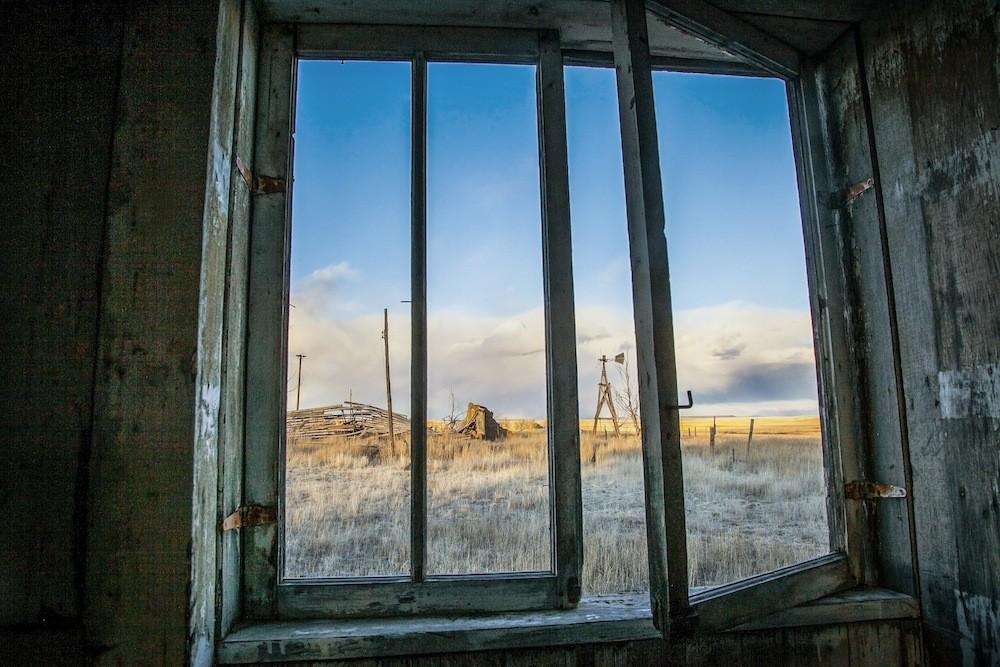
Looking out a window in Colmor
The town of Yeso was particularly hard-hit by one such exodus. At its height, it had upward of 300 families, many of whom worked in railroad-related jobs. But as train travel declined, people left, until it was mostly abandoned by the 1950s. Today this ghost town is composed of a handful of ruins—in various states of decay—stretching north from the train tracks into the yellow abyss of the plains.
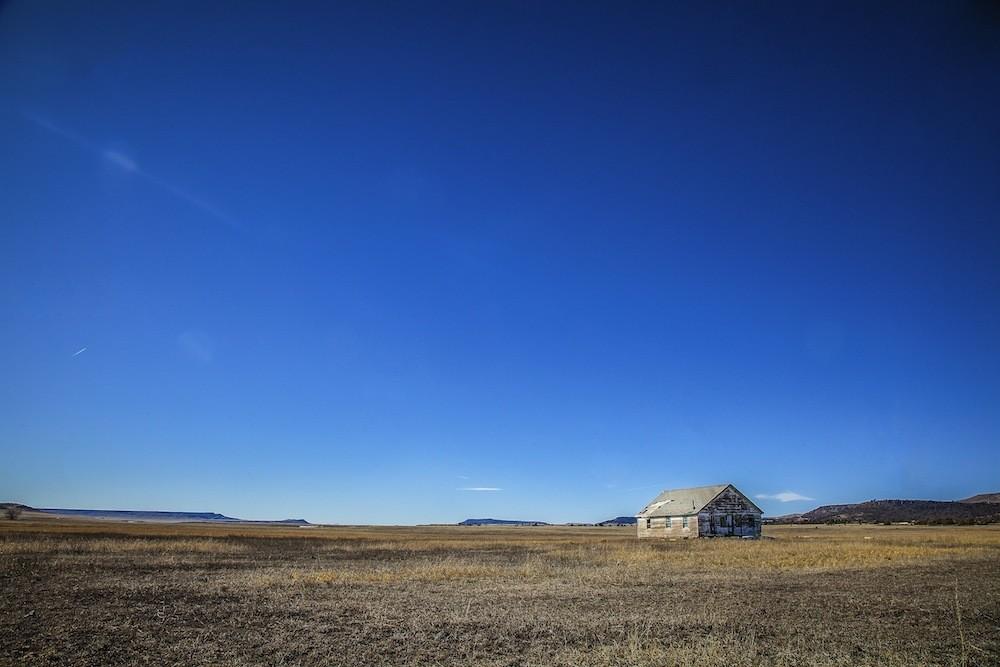
A house in Capulin
“It gets lonely out here,” says Deb Dawson, standing outside the refurbished WPA schoolhouse where she lives, a half dozen small dogs circling around her feet. Dawson is one of Yeso’s two remaining residents—she followed her husband here in the 80s, and when he left, she stayed. Now she adopts rescued animals from shelters, and is up to ten dogs and 20 or so cats. “I love animals,” she says. “They are good company. They make you feel close to God.”
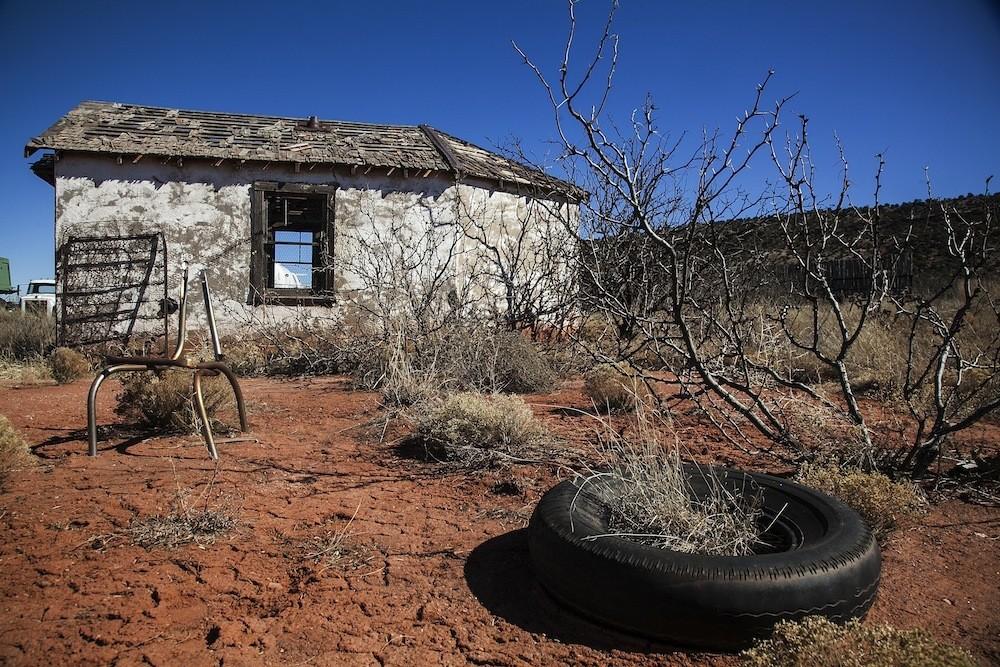
A house in Cuervo
Another near ghost town is Puerto De Luna (PDL), 30 miles east of Colonias that began to be settled by non-natives beginning in the mid-19th century—first Hispanic people, then migrants of European descent.
“In later years you had all these young easterners showing up, the Pages, Gerhardts, and Greslachowskis,” says Richard Chavez, a long-time resident. “They became part of the Mexican culture. That assimilation is typical of many communities in New Mexico.”
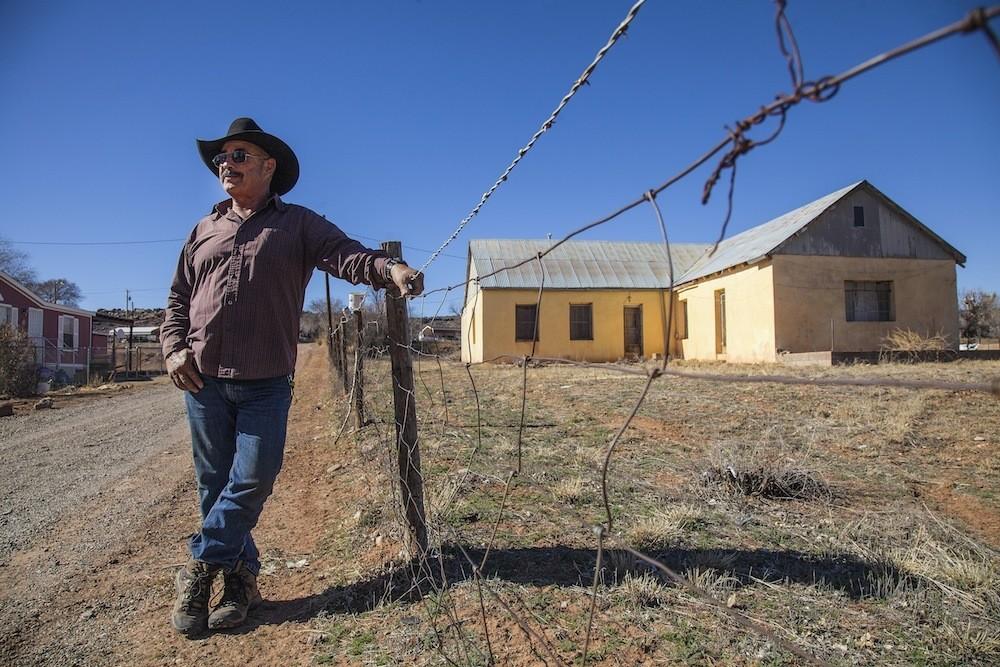
Richard Chavez in Puerto De Luna
“There were a lot of people here then,” says Horacio Lopez, whose mother was a Gerhardt. Then the railroad bypassed the town, and as Lopez says, “The town began dying… It has never fully recovered.”
“It has been a steady decline since the early 1900s,” adds Chavez, one of the town’s many unofficial historians. “Some of us are coming back. Either to retire or to die… This is our home. There are so many important stories, so much history.”
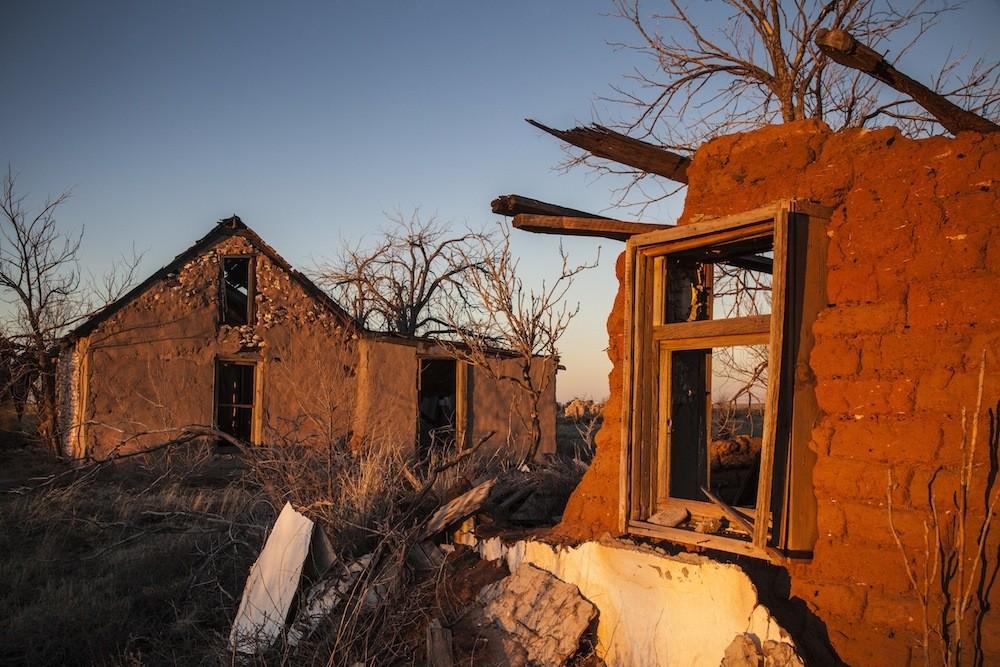
A sunset in Yeso
See more of Samuel Gilbert’s work here and follow Gabriela Campos on Instagram.




